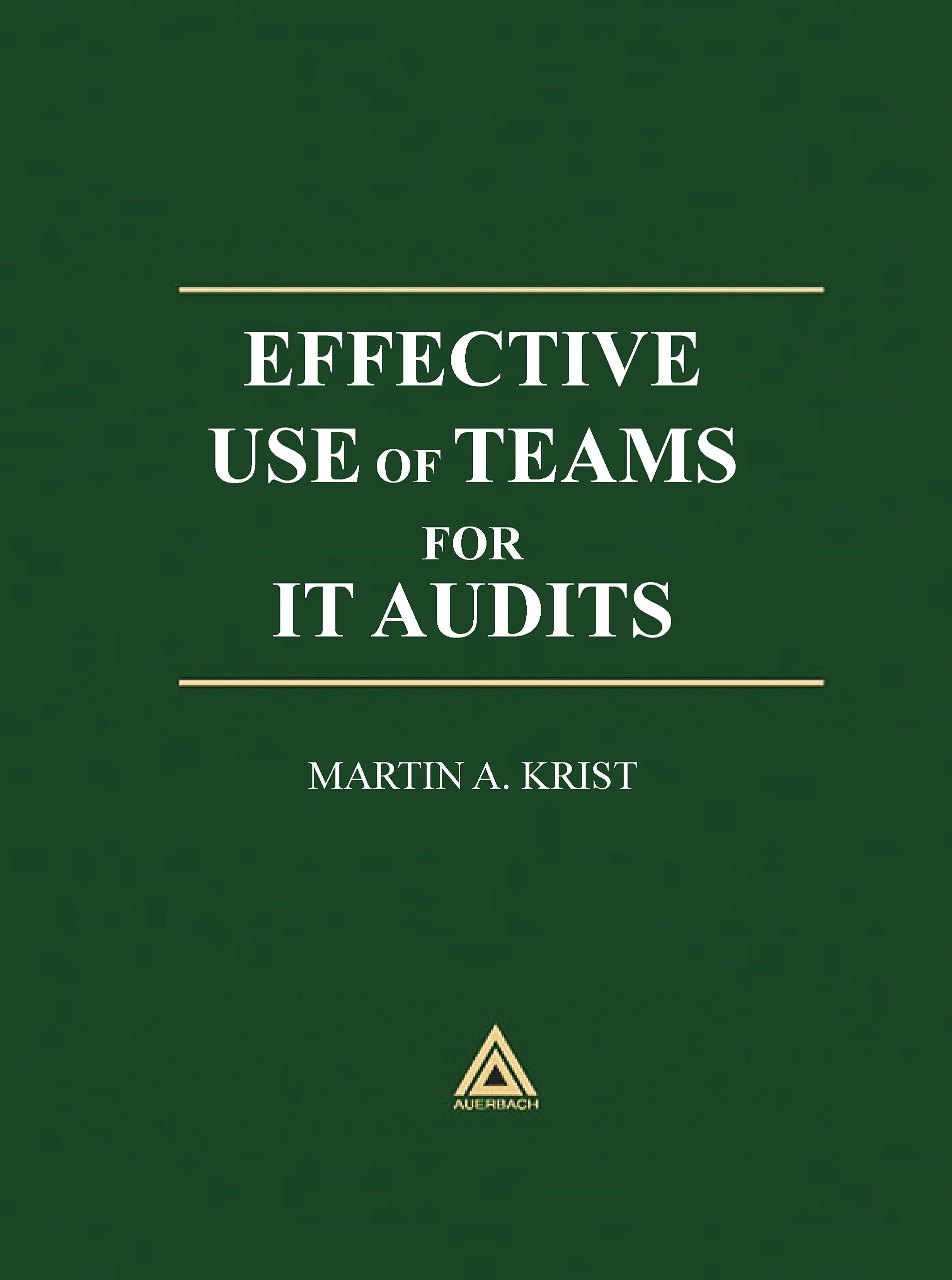Please help me with question 1, provided in the 3rd image.
Thank you!



Case Study Case Study Presentation (10%) Activity-based costing at Defiant Safes This case highlights the deficiencies of traditional methods of product costing which employ single volume drivers of overhead cost allocation. It provides the opportunity to apply other costing methods in order to demonstrate differences in cost and price outcomes. The domestic safes division (DSD) of Defiant Safes manufactures and sells fireproof safes and document containers of various shapes and sizes for home use, including safes made to Australian/New Zealand Industry standard AS/NZS 3809. The division now makes 50 different products but these fit into the two main product groups of 35 metal safes and 15 more recently developed plastic safes. Table 1 shows last quarter's income statement by product group Table 1-DSD quarter 1 income statement by product group Metal safes Plastic safes Total Sales revenues Direct materials Process and support costs Total costs Net income Profit margin 296900 246800 543700 21500 20680 42180 231770 170280 402050 253270 43630 14.7% 444230 99470 18.3% 190960 55840 22.6% The managing director, Chrystal Chubb, is concerned because the net margin on metal safes has fallen below the company's target of 20 per centand because company profits have been falling despite overall sales growth and increased capacity utilisation. Metal safes is the high volume product group but sales fell by 5 per cent last quarter. Plastic safes sell at much lower volumes, but the sales of plastic safes increased by 15 per centlast quarter, despite recent price increases and their apparently high margins. The marketing director, Clive Yale, tries to explain the trends as follows The margins on metal safes are being squeezed because of ridiculously low prices set by the competition. However, the increased sales of high margin plastic safes should compensate for this I therefore propose to concentrate marketing resources on plastic safes However, Chrystal highlights that despite selling more plastic safes overall profitability is falling She questions the reliability of the present costing system, which has remained very traditional despite DSD having become a much more complex business in recent years. DSD's process and support costs are currently absorbed on the basis of total process hours using a single overhead absorption rate of S23.65 per process hour. Chrystal argues that although raw materials are cheaper, overall production of plastic safes is quite complex and she questions whether the simplistic costing









